Small RFID tags are tiny devices that use radio frequency identification technology to transmit and receive data wirelessly. These tiny RFID tags can be as small as a grain of rice. We can use them to track and identify objects in various industries. It includes retail, healthcare, transportation, and agriculture. These tiny RFID tags can provide excellent wireless data transmission capabilities to RFID readers. They provide us with accuracy and efficiency unmatched by traditional methods such as barcodes. In this article, we will explore the various benefits and drawbacks of small RFID tags. And how you can utilize them in a variety of industries.
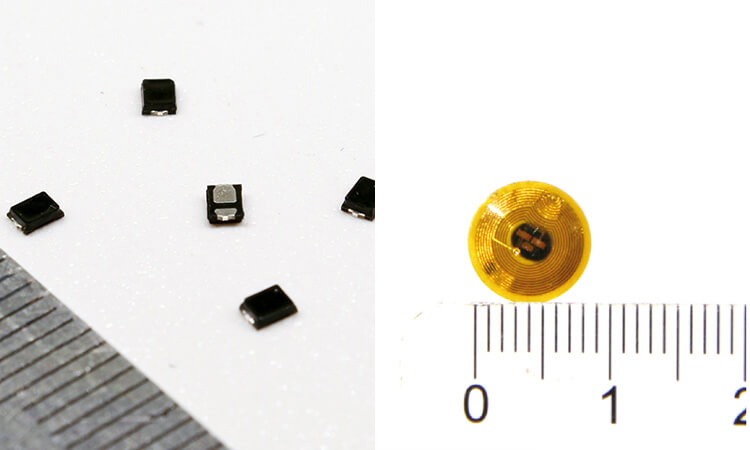
Miniature RFID tags are exactly what they sound like: Miniature versions of RFID tags are designed to be small enough. They are also light enough to be attached to a variety of objects. These tags can come in different shapes and sizes. But they all have the same basic components: an integrated circuit, an antenna, and a substrate (the material the tag is made of). The integrated circuit stores the data contained in the tag. The antenna automatically sends and receives signals from nearby readers. The substrate can be made of various materials, including plastic, paper, or metal.
ALSO READ ABOUT: What is RFID Labels and What Does It Consist Of?
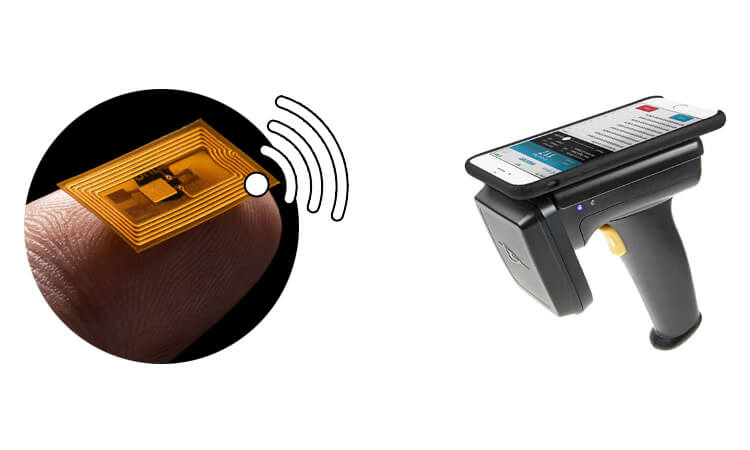
The integrated circuits and antennas inside the small RFID tags enable them to transmit data to a reader device. It sends an activation RF signal to the tag when the reader device comes into range of the tag. The tag then responds by transmitting its unique identifier and the stored data to the reader. This data can include a unique identification code as well as other information. It will typically store information such as manufacturer, serial number, and expiration date.
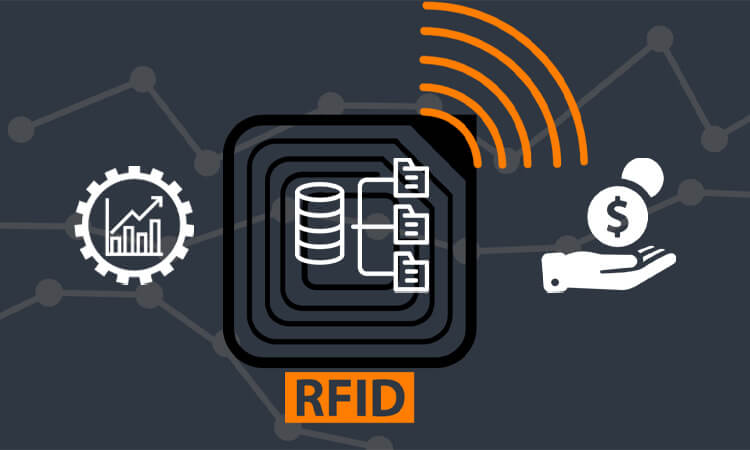
Provides Highly Accurate Data
One of the biggest advantages of small RFID tags is the ability to provide highly accurate data. Because you can read the tags from a distance, they do not need to be scanned manually. So it is also free from the possibility of human error. It means businesses can have confidence in the accuracy of their inventory counts.
Improved Efficiency
Small RFID tags can also improve efficiency by streamlining the inventory management process. In traditional barcode systems, employees must physically scan each item individually. It can be time-consuming, especially for businesses with large inventories. However, tiny RFID tags can scan entire boxes or pallets of items at once. This can greatly reduce the time it takes to complete an inventory count.
Store More Data
Another benefit of small RFID tags is that they can store more data than traditional methods. Whereas bar codes can only store a few numbers, RFID tags can store hundreds or even thousands of bytes of data. This allows for more detailed tracking and identification of items.
More Efficient
RFID tags are more efficient than bar codes. Bar codes require manual scanning and are easily damaged or obscured. RFID tags can be read automatically and remotely. It speeds up the process of tracking and identifying items. In addition, RFID tags last much longer than bar codes. It is because they do not require physical contact or visual scanning.
Cost Savings
In addition to improving accuracy and efficiency, small RFID tags can save businesses money in the long run. The cost of RFID tags has dropped significantly in recent years, making them affordable for businesses of all sizes. In addition, the time and labor saved by using RFID tags can result in significant cost savings.
Related Articles: Barcode vs RFID: What are They Difference
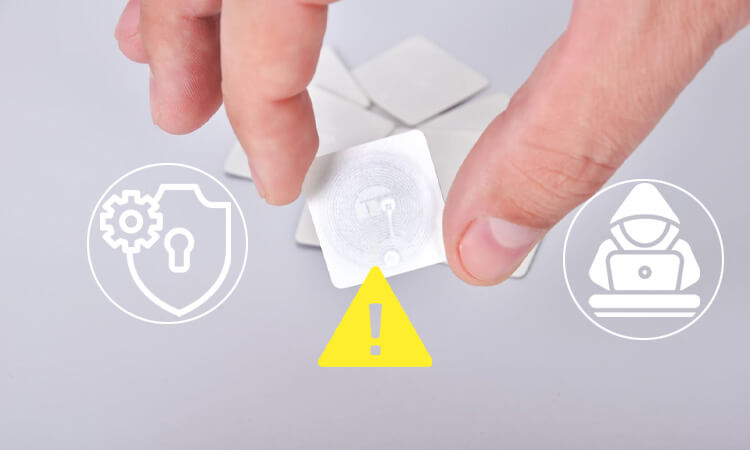
While there are many advantages to small RFID tags, you also need to consider some potential disadvantages. One of the main disadvantages is that they require a reader to read. It can be relatively expensive and may require ongoing maintenance. It depends on the application. In addition, some RFID tags can be damaged by water and certain types of electromagnetic radiation. This may make them unusable in certain environments.
Privacy and Security Issues
Because tiny RFID tags can store and transmit data, they can also present some privacy and security issues. For example, you can use these tags to track the movements of individuals without their knowledge. It can easily raise concerns about invasion of privacy. Similarly, you can use these tags to access restricted areas and facilitate identity theft.
Potential for Hacking
Another potential drawback of small RFID tags is the potential for malicious actors to hack into them. Hacking is a process whereby someone gains unauthorized access to a system and takes control of it. This could allow them to steal data from the tag, manipulate it, or even destroy it, potentially leading to serious consequences.
Data Storage
While small RFID tags can store large amounts of data, it is important to ensure that it is stored securely. It is also important to consider the long-term viability of the data stored on the tag. This is because tags may need to be replaced periodically due to wear and tear.
Cost
The cost of small RFID tags is much lower than many other asset tracking and identification methods. However, it would be best if you also considered the cost of readers and other equipment needed to read the tags. This is because it can be a significant expense. In addition, the cost of replacing damaged or lost tags must also be factored into the total cost of using RFID.
Small RFID tags have many applications in a variety of industries. While tiny RFID tags have proven useful in inventory management, their potential applications go far beyond that. But their potential applications go far beyond that. RFID technology can improve efficiency in various industries, including retail, transportation, agriculture, and healthcare.

Small RFID tags are used in retail to track inventory and improve supply chain management. By attaching RFID tags to products, retailers can track the movement of goods from the manufacturer to store shelves. They can increase efficiency and reduce the risk of lost or misplaced items. In addition, you can use RFID tags to track customer purchases. You can use them to collect data on consumer behavior. This can help retailers better understand their target market and improve their sales strategies.

Small RFID tags are used in the medical industry to track medical equipment and supplies. You can also use them to identify and locate patients. By attaching RFID tags to equipment and supplies, hospitals can more easily track the movement and use of these items. It can effectively improve efficiency and reduce the risk of shortages. You can also use RFID tags to identify patients and improve the accuracy and speed of patient care.
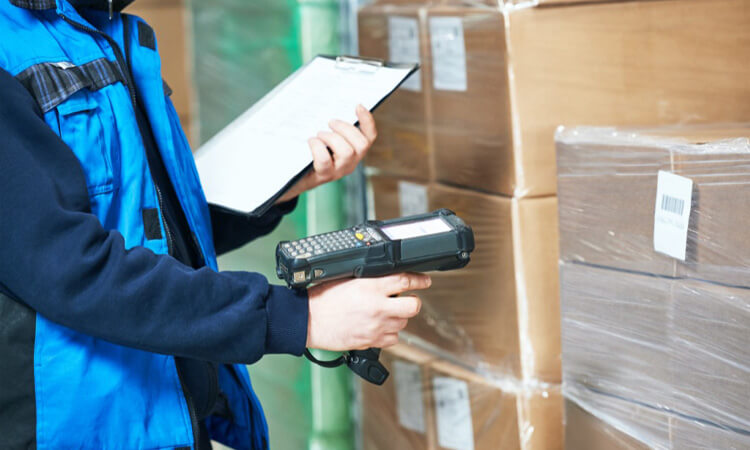
In transportation, companies often use small RFID tags to track shipments. They can lead to great supply chain management improvements for your company. By installing RFID tags on shipping containers and pallets, logistics companies can track the movement of goods more easily. It can help companies reduce the risk of losing or misplacing items. In addition, you can use RFID tags to track vehicle maintenance and repairs. They help improve efficiency and reduce downtime.
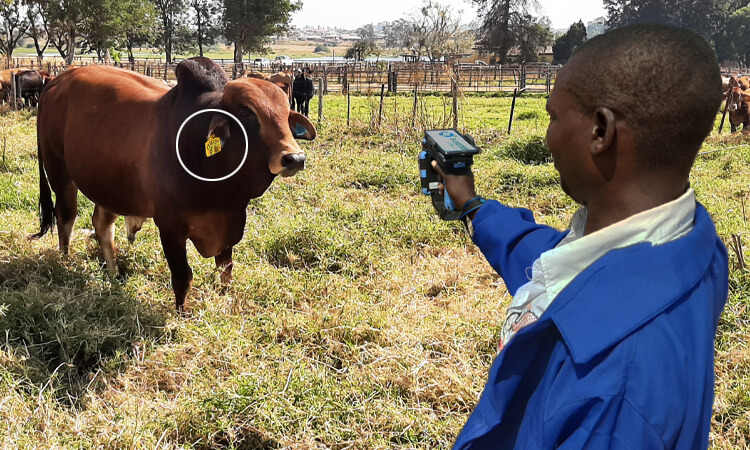
In agriculture, farmers like to use small RFID tags for tracking livestock. It provides an excellent solution for improving efficiency in the livestock industry. By tagging animals with RFID tags, farmers can more easily track the movement and health of their livestock. They are then able to improve the accuracy and speed of care effectively. You can also RFID tags can be used to track the movement of crops. It has made it possible to improve supply chain management in the agricultural industry greatly.
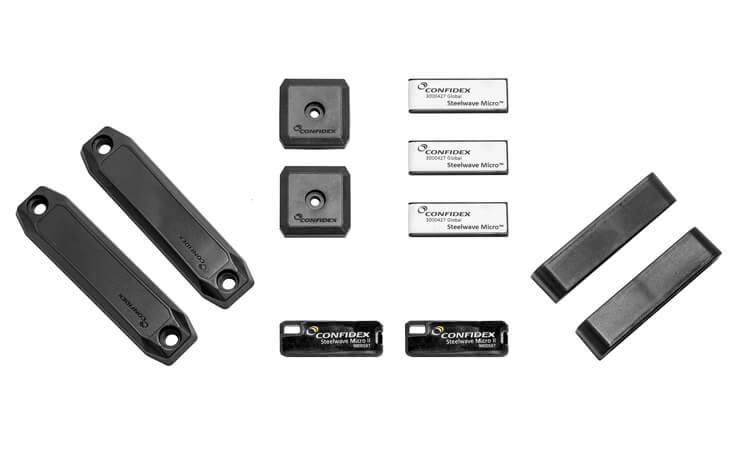
There are several different types of small RFID tags that you can go through and carefully select. They all have their unique features and functions waiting for you to discover them.
- Passive RFID Tags. These tags do not have their power source and rely on a reader to activate them. Passive RFID tags are the most common and economical type of RFID tag. They are also a popular choice for many applications.
- Active RFID Tags. These tags have their power source, which allows them to transmit data over longer distances and for longer periods. Almost all active RFID tags will be more expensive than passive tags. However, they are ideal for applications that require longer distances or extended battery life.
- Semi-Passive RFID Tags. These tags have a power supply but are only used to power the tag’s integrated circuit. The signal from the reader still powers the tag’s antenna. This makes semi-passive RFID tags a compromise between passive and active tags.
As RFID technology evolves, you will like to use small RFID tags more widely in various applications. Among them, small RFID tags are expected to play an important role in the Internet of Things (IoT). By installing tiny RFID tags on everyday items, it will be possible to create a network of interconnected devices. These devices can communicate information with each other and serve the purpose of sharing data. This could lead to a wide range of innovative applications. Such as smart homes and cities and enhanced supply chain management.
Small RFID tags are versatile and powerful tools with numerous applications in various industries. Although it has more drawbacks, the benefits of using small RFID tags far outweigh the costs. As technology continues to advance, the use of tiny RFID tags is expected to become more common in the future.
Related Articles:
- The RFID Symbol Evolution: From Concept to Global Standard
- The Future of Golf: RFID Golf Balls
- Maximizing RFID Security: Protecting Your Data and Assets
-
What are small RFID tags, and how are they different from larger RFID tags?
Tiny RFID tags are small electronic devices that can be attached to or embedded in objects for identification and tracking purposes. They are smaller and more compact than larger RFID tags, which allows them to be used in a wider range of applications.
-
What are the advantages of using small RFID tags, and in what applications are they most commonly used?
The advantages of using small RFID tags include their small size, low cost, and ease of use. They are commonly used in supply chain management, inventory management, and asset tracking applications.
-
What data types can be stored on small RFID tags, and how is that data accessed?
Small RFID tags can store various data, including product information, location data, and usage history. The data can be accessed by scanning the tag with an RFID reader or using wireless technology such as Bluetooth.
-
How do small RFID tags compare to other types of tracking technologies, such as barcodes or GPS?
Small RFID tags offer faster and more accurate identification and tracking capabilities than barcodes. Compared to GPS, they offer a lower-cost solution for tracking objects in indoor and outdoor environments.
-
What are the security implications of using small RFID tags, and how can those concerns be addressed?
The use of small RFID tags raises security concerns about the privacy and security of the data stored on the tags. These concerns can be addressed through encryption and other security measures to protect the data.
-
What is the size of RFID tags?
RFID tags come in various sizes, depending on their application and intended use. Some RFID tags can be as small as a grain of rice, while others can be several inches in length and width.
-
How small can you make an RFID?
The size of an RFID tag can vary depending on the technology used and the desired application. However, advances in nanotechnology have enabled the production of ultra-small RFID tags that can be as small as a few micrometers in size. These tiny RFID tags are known as “smart dust” and can be used in various applications, including environmental monitoring and medical devices.








